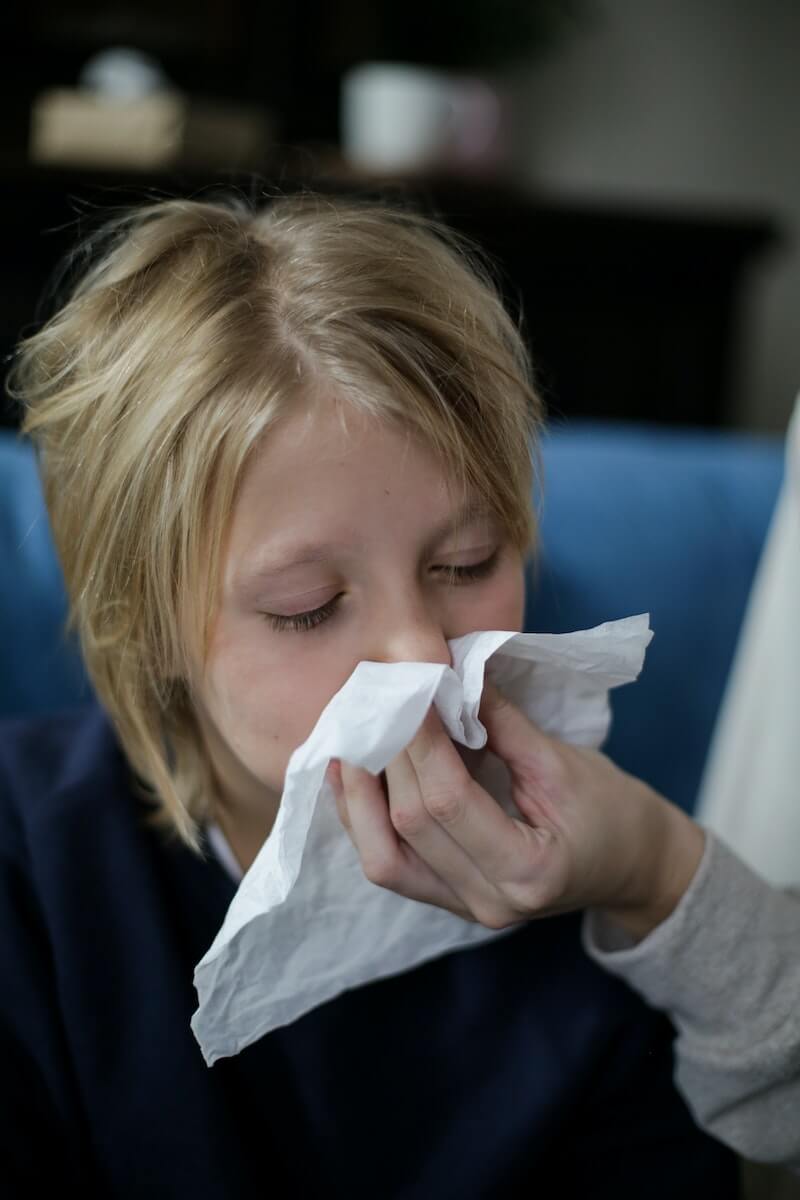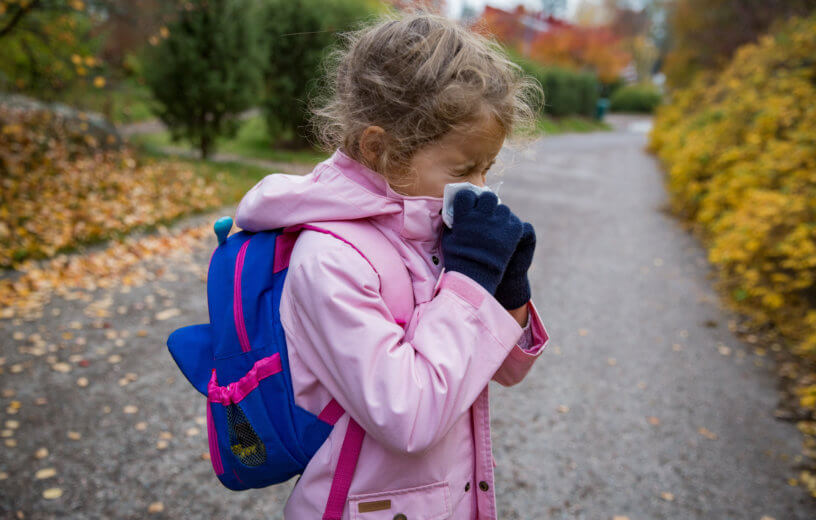PITTSBURGH — A simple nasal swab test could significantly reduce antibiotic use in children with sinusitis — an inflammation of the tissues in the sinuses. The test, which is similar to a COVID test, checks for three types of bacteria in children suspected of having this common condition. The presence or absence of these bacteria indicates the potential effectiveness of antibiotics, before doctors start prescribing them.
“Five million kids in the U.S. get prescribed antibiotics for sinusitis each year,” notes lead author Nader Shaikh, M.D., pediatrician at UPMC Children’s Hospital of Pittsburgh and professor of pediatrics and clinical and translational science at Pitt. “Our study suggests that only half of these kids see an improvement in symptoms with antibiotic use, so by identifying who they are, we could greatly reduce unnecessary antibiotic use.”
Sinusitis can cause congestion, runny nose, discomfort, and difficulty breathing. Doctors often prescribe antibiotics, which only target bacterial infections, to treat the condition, even when the problem could be the result of a virus.
“Sinusitis is one of the most common diseases we see in children, but it’s difficult to diagnose because it’s based on the duration of symptoms: If the child has a runny nose or congestion for more than 10 days, we suspect sinusitis,” Dr. Shaikh explains in a media release. “For an ear infection, we can look inside the ear; for pneumonia, we listen to the lungs. But for sinusitis, we have nothing to go on from a physical exam. That was very unsatisfying to me.”

Aiming to develop a better diagnostic tool for bacterial sinusitis, Dr. Shaikh and his team enrolled about 500 children with sinusitis symptoms from six centers across the U.S. The children were randomly assigned to receive either a course of antibiotics or a placebo.
In addition to this, the research team took nasal swabs from each child and tested for the three main types of bacteria involved in sinusitis. The children who tested positive for these bacteria experienced better symptom resolution with antibiotic treatment compared to those who didn’t.
These findings, published in the Journal of the American Medical Association (JAMA), suggest that bacterial testing could be an efficient way to identify children who would benefit from antibiotics and prevent unnecessary prescriptions for those who wouldn’t.
“If antibiotics aren’t necessary, then why use them?” Shaikh continues. “These medications can have side effects, such as diarrhea, and alter the microbiome, which we still don’t understand the long-term implications of. Overuse of antibiotics can also encourage antibiotic resistance, which is an important public health threat.”
Shaikh challenges the common belief among parents and doctors that yellow or green snot indicates a bacterial infection. Despite some small studies suggesting that the color of nasal discharge is irrelevant, Dr. Shaikh’s team formally tested this idea by asking parents to match their child’s snot to a color card.

“If kids with green or yellow discharge benefitted more from antibiotics than those with clear-colored discharge, we would know that color is relevant for bacterial infection,” the doctor and lead researcher reports. “But we found no difference, which means that color should not be used to guide medical decisions.”
Dr. Shaikh proposes that rapid antigen tests, similar to at-home COVID-19 testing kits, could be developed. Furthermore, his team plans to further examine the study’s data to identify potential biomarkers in nasal discharge that could indicate bacterial presence and be simpler to test for.
South West News Service writer Stephen Beech contributed to this report.
You might also be interested in:
- No more nasal swabs? Skin test proves ‘surprisingly effective’ at detecting COVID-19
- Stuck in sinus hell? Common nasal sprays may be best option for relief, study finds
- ‘Tis the sneezin’: Nearly 3 in 5 say allergies, sinus issues are impacting job performance

